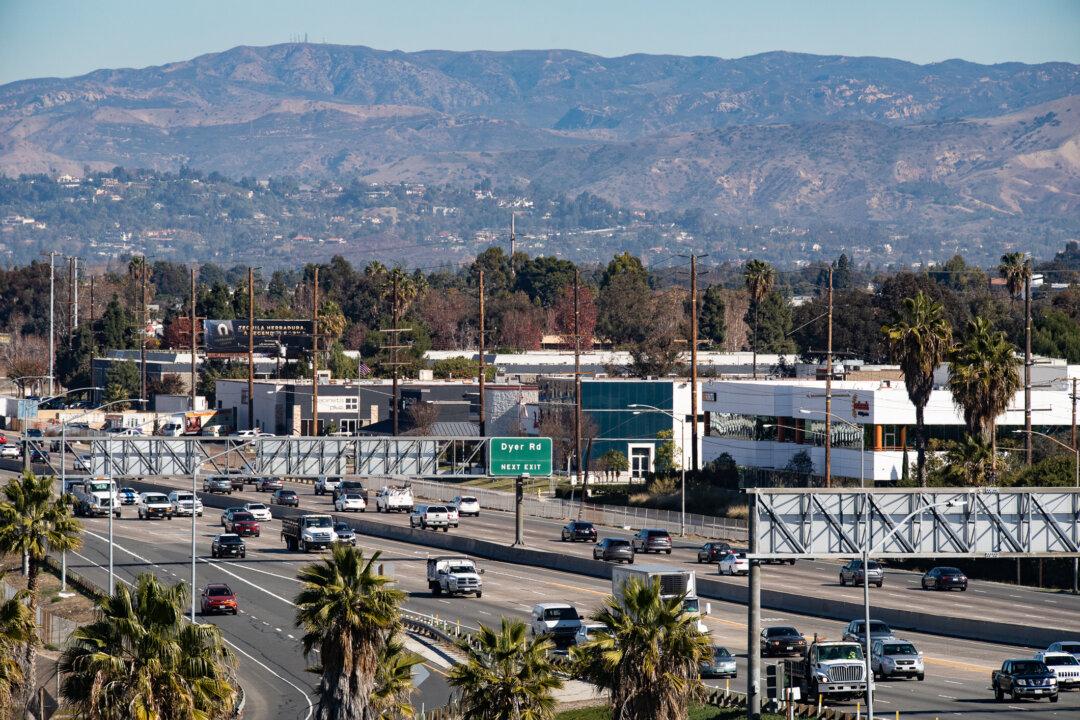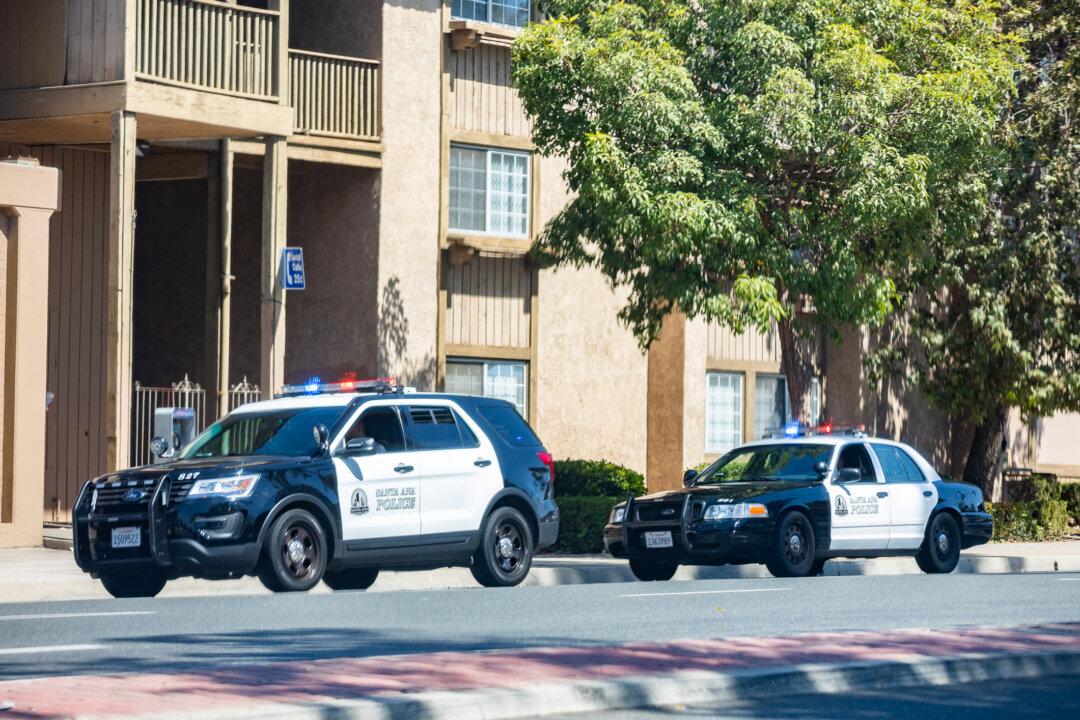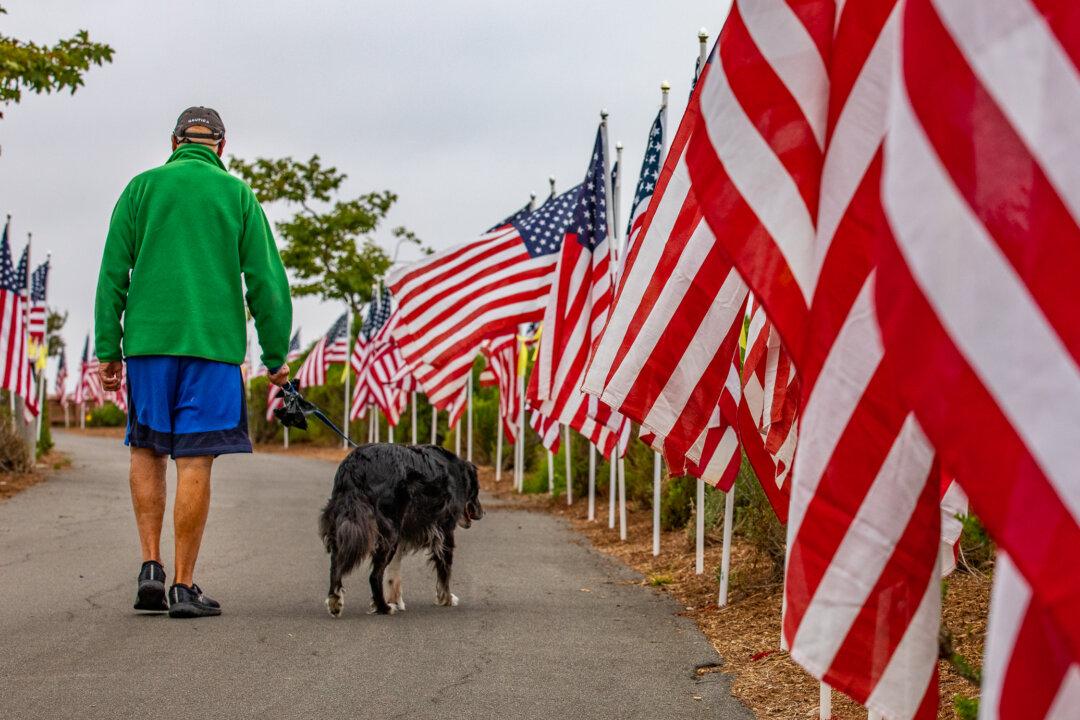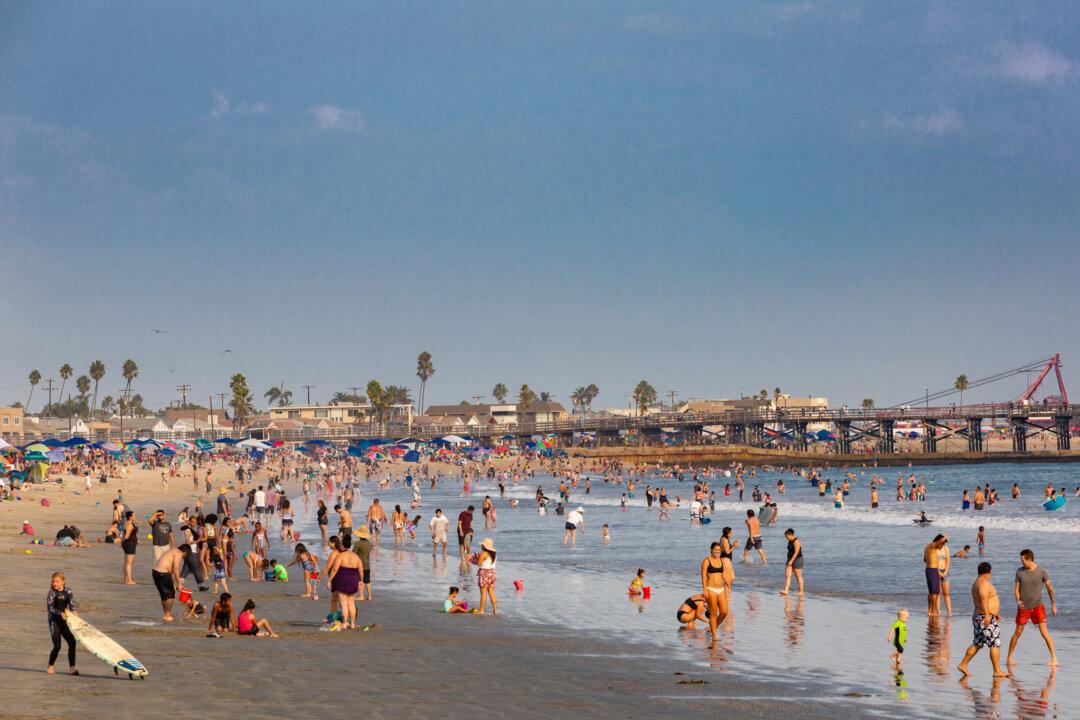The city of Santa Ana, California, unanimously approved an $80 million COVID-19 relief plan, the first portion of the $128 million it’s set to receive as part of its American Rescue Plan Act (ARPA) funding.
The plan, dubbed “Revive Santa Ana” seeks to provide local residents with more access to green space, food and housing, the internet, and homeless services. It will also fund a memorial for Orange County residents who have died from the virus.





